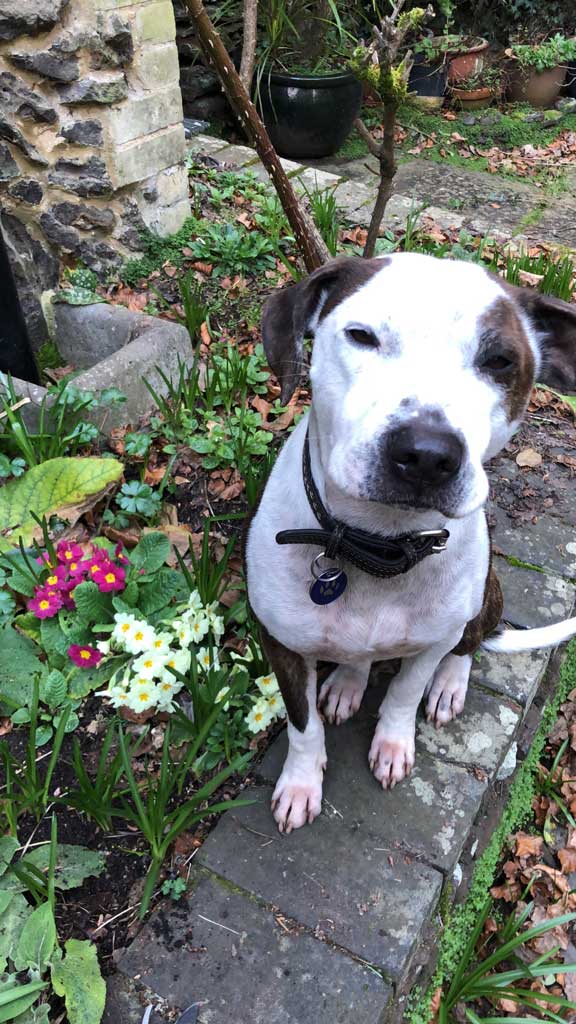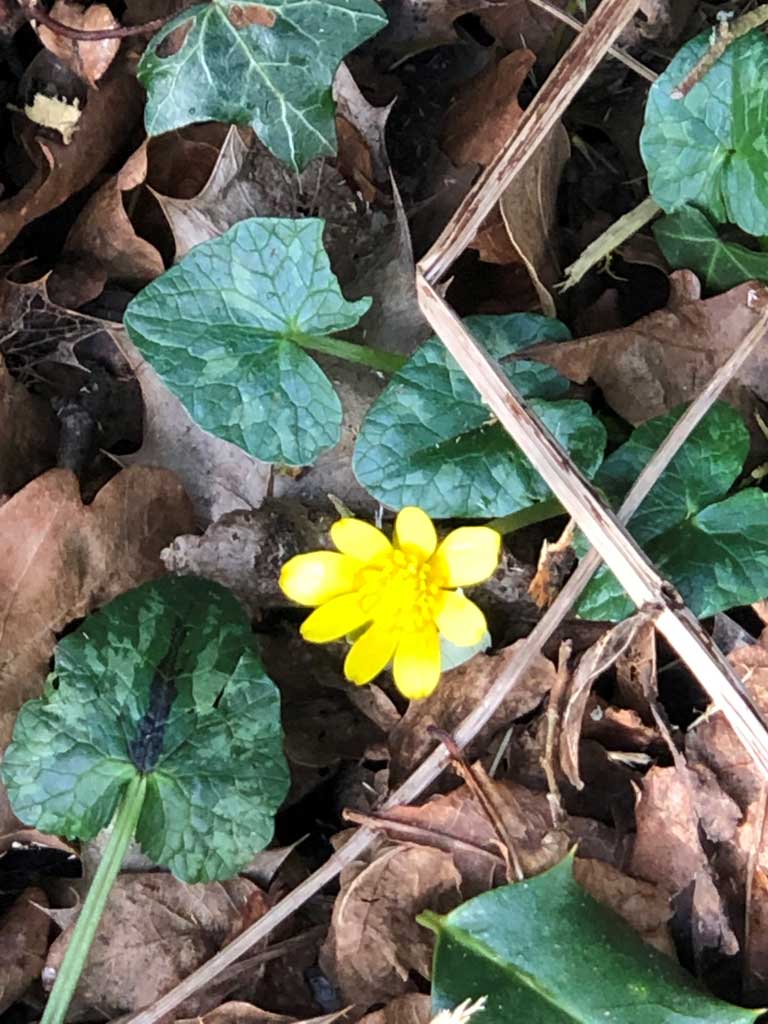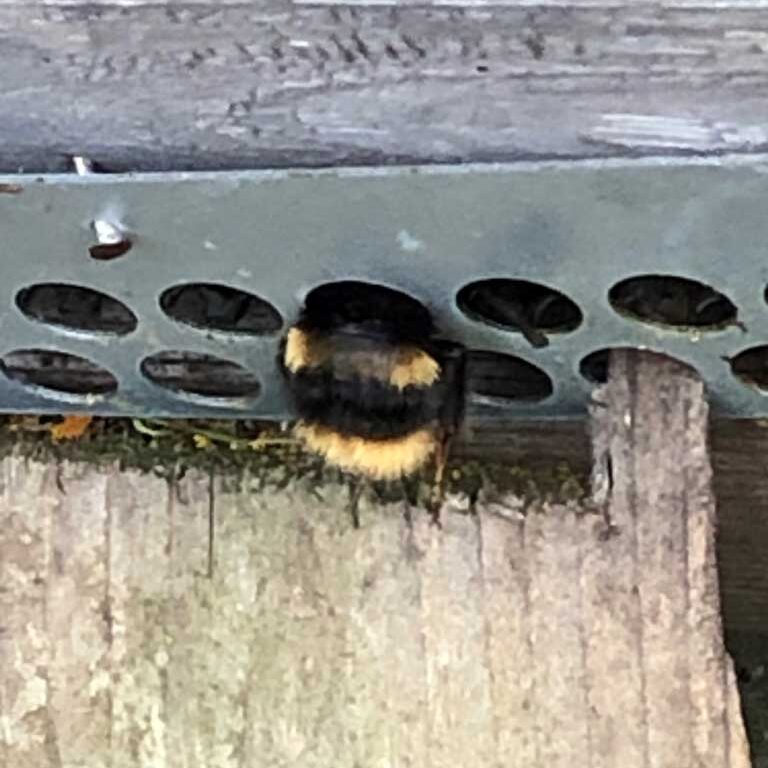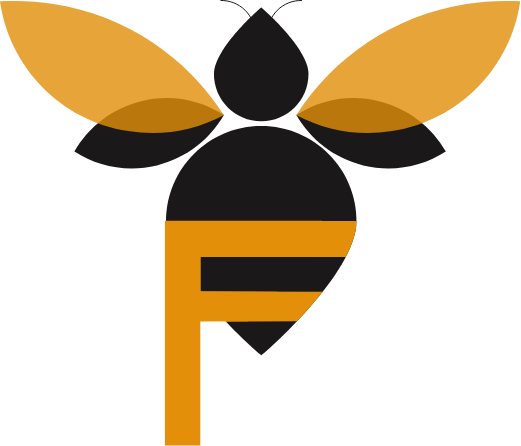MARCH 2022
1. What is going on in the hive?
Bees will be flying every day this month if the weather is suitable, for cleansing flights, orientation flights and foraging. Keep checking the outside of your hives – there should be a steady flow in and out, and ideally pollen going in. I watched one of my hives on a warm day in February and observed to my horror robbing behaviour. I have closed down the entrance to help my bees defend their home against the invaders!
2. Check your hives
Check out the stores in your hives. As mentioned last month, this is a critical time for the hive when the queen is increasing her laying whilst last year’s bees are dying off, so they may need some extra help until the new foragers get going. The weather so far this year has been warm; English asparagus growers as a result have announced an early harvest, for example. Your bees may be well ahead as well, so make sure you do what is needed to help them. Fondant is the food of choice at this point, unless the weather approaches a warm spell when you can start feeding a light syrup if this is necessary using a contact feeder over the brood nest (1 kg sugar in 600 ml water).
If there is a warm day (above 15 °C) you could go in for a quick first inspection. Make it brief, just check:
- Stores
- If you don’t see the queen, make sure you can see eggs and larvae in all stages.
- Scan the brood nest for signs of foulbrood and other brood diseases
- Check frames and the entrance for yellow/brown stains – some is normal but if there is a lot, it could be a sign of Nosema. You can read about what to do on Beebase – Nosema (nationalbeeunit.com)
- Do they have enough room? If not, add one of those ready prepared supers you have in your shed! If the colony is doing well, you could add a queen excluder between the brood box and the super. Or perhaps add a new brood box to start a comb change.
Don’t forget to make records about what you see.
Mouse guards can be removed and replaced by a door later in the month. You could also add a varroa board so you can start monitoring varroa.
If the weather is constantly grim, however, do not go in! Leave it until the weather improves, frustrating though this may be!
3. Get ready for silly season
Now really is the time to have a swarming plan ready to go, with a bullet point list of actions and the necessary equipment to hand! In my experience, signs of a colony thinking about swarming never happens at a convenient time, and having succinct notes and all the gear ready makes it much easier to handle. So think about what you want to achieve – do you want to increase your colonies, or keep to the number you have? Rather than be reactive, you could think about a prevention strategy such as the Demaree method (I use this every year, and it normally prevents swarming, but the bees don’t always read the book, as you know).
4. Check the larder
My garden is full of hope now with spring flowers beginning to appear! A joy to behold. In the autumn I always forget where I have planted my spring bulbs so I have adopted a new practice of making up pots of bulbs in the autumn; when they have finished flowering I then transfer them to the garden before the garden bulbs have died back. My borders are filling up accordingly! Take some time to look at your planting, and what you can do to boost your bees’ larder for next year.






And finally… misconceptions about the size of one’s backside
Sadly, on looking at my hives, I found a bumble bee had got stuck in a mouse guard.
Whilst the bumblebee had got its head and wings through, it couldn’t squeeze the rest through. I released it but unfortunately the bee had already perished.

All photos (c) Janine Sparks
